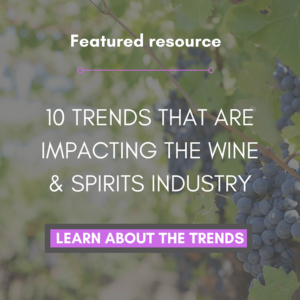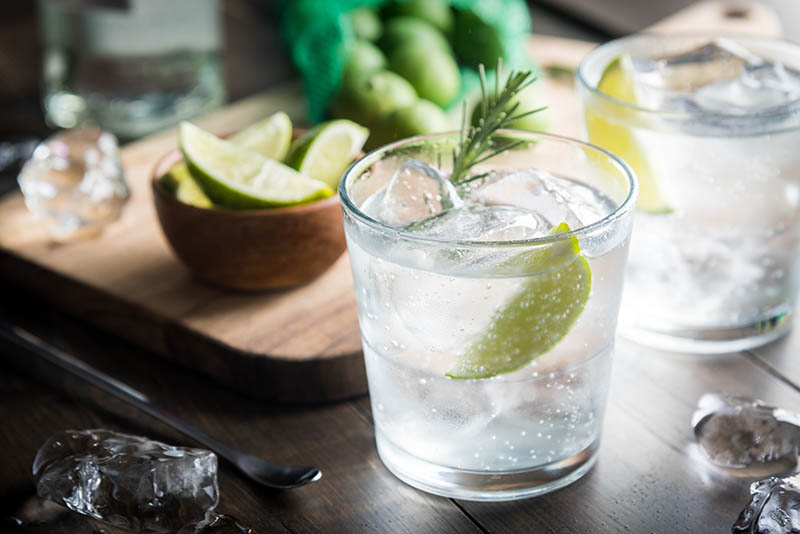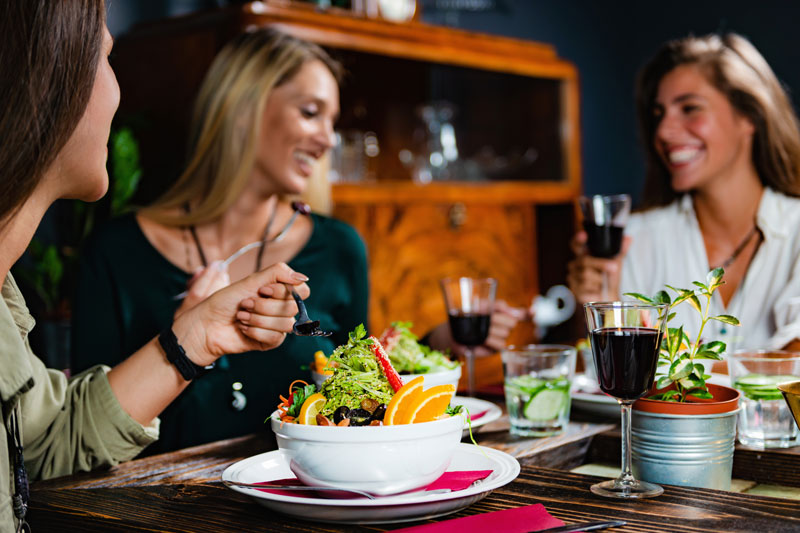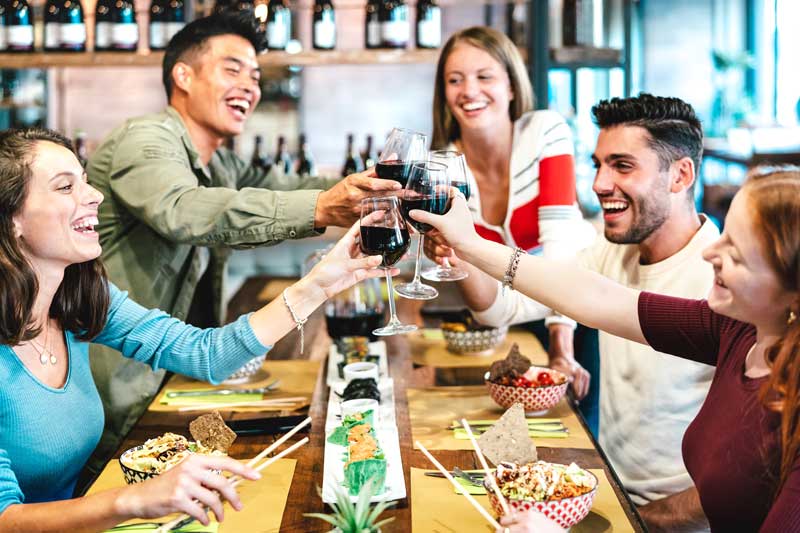A staggering 402 new gin brands have entered the spirits market since May 2016, 367 of which are premium brands.
Gin sales produced about $2.89 million in the United States in 2019, according to Statisa. Gin consumption in 2018 grew faster than any other spirit or alcoholic beverage, according to Fortune. The market is expected to continue to grow another 1.5% by 2023.
“Focusing on the craft and quality aspect of gin will encourage consumers to trade-up to buy better quality gin as a special treat for themselves,” William Grant & Sons predicted in a statement. William Grant sells Hendrick’s Gin.
While the thirst for premium gin is high, brands are still working to ensure their brand stands out. They’re experimenting with everything from flavors to colors to ensure it does.
New premium players enter the market
With 367 new premium gin brands entering the market, it might feel a little crowded. But consumers love sipping on gin so much, even Amazon is entering the playing field.
Amazon released its first spirit, Tovess Single Batch Crafted Dry Gin, in Europe earlier this year. It listed Tovess as a premium brand, selling for $32.32 for a 70cl bottle.
The United Kingdom has always favored gin and tends to set the trends for the spirit, so Amazon intentionally launched in the UK. For comparison, gin sales in the UK totaled about $3.6 million in 2019, which is the highest of any country, compared to the United States’ $2.8 million.
“The gin category is all about premiumization; year on year there is a growth in ultrapremium and prestige spirit sales,” Nigel Mills, CEO and co-founder of The Lakes Distillery, told the Spirits Business.
Colorful cocktails
 With Instagram inspiring bartenders to be as creative as ever with their ingredients and garnishes, gin makers have taken it a step further to make their products stand out. Enter color-changing gin.
With Instagram inspiring bartenders to be as creative as ever with their ingredients and garnishes, gin makers have taken it a step further to make their products stand out. Enter color-changing gin.
The Old Curiosity, based in the United Kingdom, released a line of three-different flavored gins; Apothecary Rose, Lavender and Echinacea, and Chamomile and Cornflower. When you create a Gin and Tonic using their products, the Apothecary Rose turns from pale gold to pink. The Lavender and Echinacea, which starts out purple, becomes a vibrant pink. Finally, the Chamomile and Cornflower flavor switches from blue to pale pink.
Aldi also released McQueen color-changing gin, which starts off blue and changes to pink when a mixer is added.
These gins are able to transform colors because the PH levels are reactive and change when a mixer is added. The color-changing ability is infused during the distillery process. The petals are a certain color, and when the PH is changed, the gin can change color, too.
What brands can do to capitalize on premium gin’s popularity
If your brand has ever considered launching a premium gin as part of its portfolio, now is the time. The market is projected to continue to grow well into 2023, and perhaps beyond.
If you want your gin to stand out, launching a premium brand is best.
For innovative brands who are not afraid to take risks, launching a seasonal flavor of gin, such as gingerbread around Christmas time, or something more lemon-flavored in the summer, can help customers pour your spirit in their perfect cocktail. Some brands are even launching basil or cinnamon-flavored gin.
An interesting flavor or color will help newer brands stand out. After all, most customers want to take a picture of their gin and post it to social media.
Once you’ve crafted and launched a new gin, partner with social media influencers to show your customers – and their followers – how the gin can enhance your experience the evening you choose to drink it.
- 87% of Utilities Have Experienced at Least One Data Breach in Last Three Years - February 5, 2024
- Can Drones Lower Your Next Utility Bill? - January 10, 2024
- Onshore Wind Farms Are The Next Big Thing In Renewable Energy - December 6, 2023



